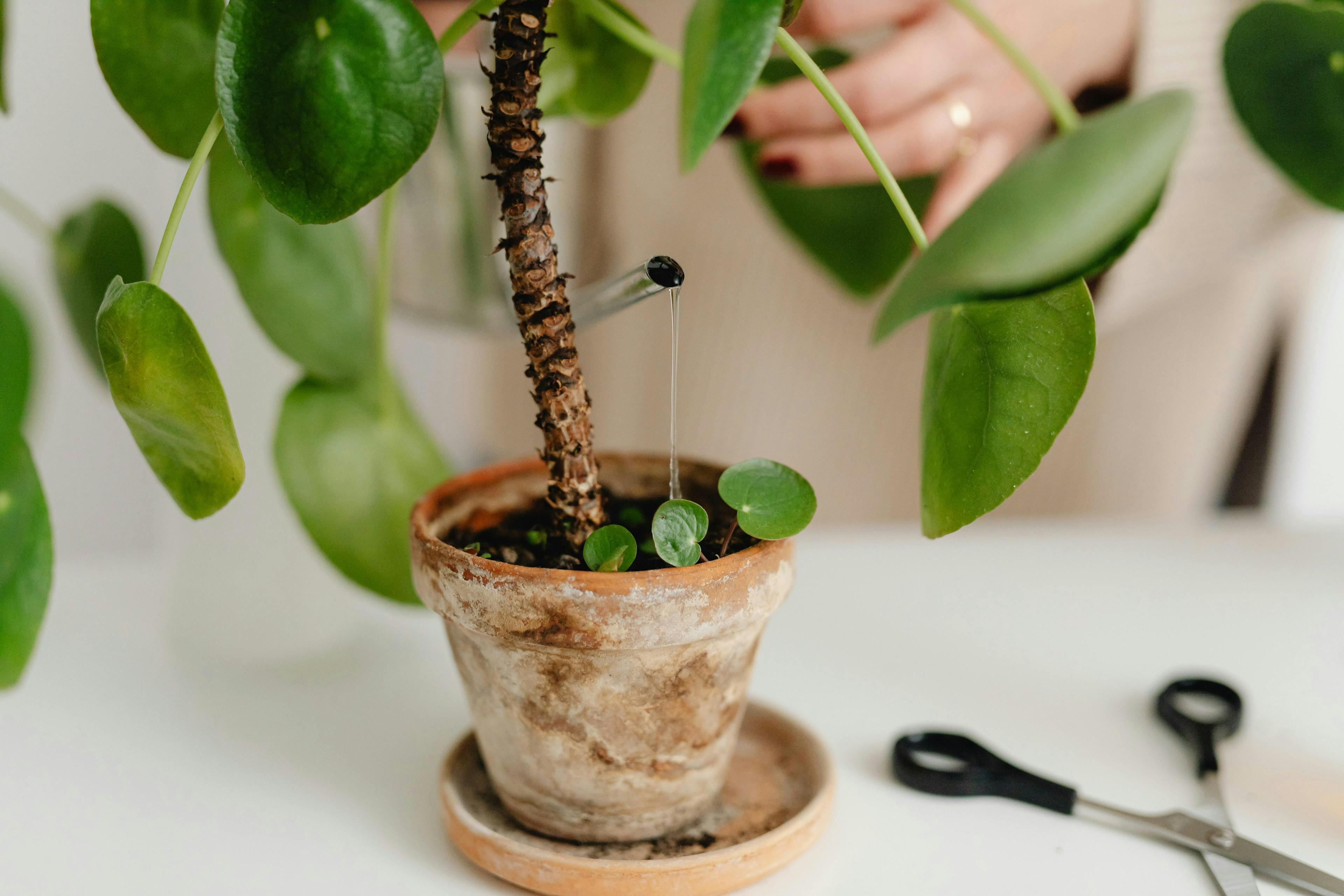Overflow or Underflow? Finding the Right Watering Balance
Watering your plants might seem like a simple task, but finding the right balance between too much and too little water can be a challenge. Whether you're a seasoned gardener or a beginner, understanding the needs of your plants is crucial for their growth and health. In this article, we'll explore how to determine the perfect watering balance for your plants, avoiding both overflow and underflow.
Signs of Overwatering and Underwatering
Before diving into how to achieve the right balance, it's important to recognize the signs of overwatering and underwatering:
Overwatering
- Leaves turn yellow or brown and feel soft and limp
- Stunted growth despite adequate soil nutrients
- Fungus or mold on the soil surface
- Root rot, characterized by a foul smell from the soil
Underwatering
- Dry, brittle, and drooping leaves
- Soil pulling away from the edges of the pot
- Slowed or halted growth
- Brown, dry leaf edges
Shop Plant Watering Globes Now
Tips for Achieving the Right Watering Balance
1. Understand Your Plant’s Needs
Different plants require different amounts of water. Research your specific plant species to understand how much water it needs. For example, succulents require less frequent watering compared to ferns.
2. Check the Soil Moisture
Before watering, check the soil moisture. You can do this by sticking your finger about an inch deep into the soil. If it feels dry, it’s time to water. If it feels moist, wait a few more days.
3. Use the Right Soil
Using the right type of soil can help manage water retention. Soil that drains well is crucial for preventing waterlogging. Consider mixing perlite, vermiculite, or sand into your potting soil to improve drainage.
4. Consider the Environment
Environmental factors such as temperature, light, and humidity play a significant role in how often you need to water. Plants in hotter, brighter environments usually need more frequent watering than those in cooler, shaded areas.
5. Monitor and Adjust
Regularly monitor your plants and adjust your watering habits as needed. Changes in the environment, such as seasons changing, can affect watering needs.
6. Use Tools and Technology
Consider using a moisture meter for a more accurate soil moisture reading. There are also smart watering systems that can automate watering based on the needs of your plant.
Conclusion
Finding the right balance for watering your plants requires attention and understanding of their specific needs. By observing the signs of overwatering and underwatering and employing the tips provided, you can ensure your plants receive just the right amount of water to thrive.
Remember, whether you're dealing with a tricky plant issue or need more tailored advice, Mavyn offers both AI and human expert help services. You can chat with Mavyn GPT or connect with a human expert to get personalized answers to your gardening questions.
